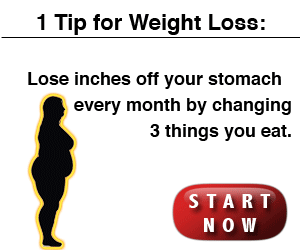Men who are into bodybuilding and strength training often wonder if they are doing everything they can to achieve optimum muscle growth. In order to get rock hard abs, big biceps and strong muscles, you have to do a multitude of things for faster and better results. There are things you have to do inside the gym while others need to be done outside. If you want your muscle building program to succeed, pay attention to these bodybuilding tips.
1. Proper diet
Your body needs proteins and other nutrients in order to build muscles. Unless your diet provides the nutrients needed by your body, you will never be able to develop bigger muscles. Your diet is an important factor for bodybuilding success.
2. Sleep and rest
Your body grows big while sleeping and resting, not while you are working out in the gym. When you lift weights, minute tears occur in the muscles. The body rebuilds itself while you sleep, making your muscles bigger and stronger. If you don’t give your body time to rest, your hours at the gym will be totally wasted. Use this bodybuilding tip to give your muscles a chance to grow.
3. Overload your muscles progressively
The human body learns to adapt quickly. If you keep on lifting the same amount of weight for weeks and months, your muscles will become conditioned to handle that much weight and will stop growing. Continually challenge your muscles by increasing the weights you lift or doing more reps. This will push your body to build more muscles.
4. Perform compound exercises
Hit two birds with one stone by doing exercises that stimulate more than one muscle group at a time, such as deadlifts and squats. Compound exercises have a positive effect on the entire skeletal system as well as the muscles.
5. Warm up and stretching

BodybuIlding Tips
This bodybuilding tip is often ignored by men who want to get started on their workout right away. Warming up your muscles and stretching surrounding tissues can help prevent injuries. Be sure to stretch before, during, and after your bodybuilding workout.
6. Avoid overtraining
Too much weight lifting can be bad for muscle development. Many men who workout long and hard in the gym end up frustrated because their muscles refuse to grow. You will find many bodybuilding tips telling you to back off if you cannot gain muscle mass because of overtraining. Take a break and let your body rest for a few weeks.
7. Workout with free weights
Serious bodybuilders rely on free weights rather than machines to build muscles and gain weight. The reason is that machines do the work of stabilizing the weights, leaving the stabilizer muscles unchallenged. If you want bigger muscles, exercise with free weights and maintain proper form to develop your stabilizer muscles and support muscle growth.
8. Drink water
Water transports nutrients and helps flush out waste and toxins from the body. Athletes require 8 oz. of water for every 10-12.5 pounds of body weight. This bodybuilding tip may seem simple but it is a very important one.
Related Blogs
- Related Blogs on Big Biceps
- Country Data
- Related Blogs on Body Time



